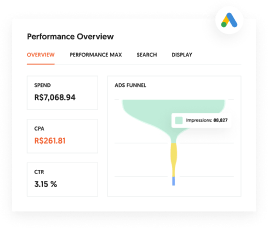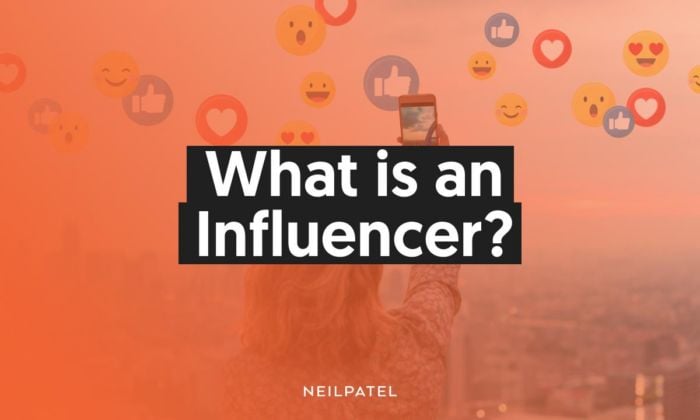
What is an influencer, and what can they do for your business? You’ve come to the right place to find out!
Influencers have transformed how customers and brands use social media. This makes them a core part of a social media marketing strategy for brands and a way to drive awareness, traffic, and sales.
In this guide, I’ll answer the following questions:
- What is a social media influencer?
- How does influencer marketing work?
- Why is influencer marketing important?
- Why is influencer marketing effective?
I’ll also give you an idea of how much it costs and some tips for finding your ideal influencer.
Ready to increase your reach? Then, let’s begin.
Key Takeaways
- Influencer marketing is a marketing strategy where brands leverage the audience of social media personalities.
- It’s used by thousands of brands, 79 percent of which spend more than 10 percent of their marketing budget on influencer marketing.
- There are several different types of influencers, including celebrities, content creators, thought leaders and micro-influencers.
- Influencer marketers can cost anywhere from $100 per post to $100,000 per post.
- Get started with influencer marketing by setting goals and thinking about the kind of profiles your audience would follow.
- You can find relevant influencers using a range of means, including searching hashtags, setting up Google Alerts, and using paid tools like Mention.
What Is an Influencer and What Is Influencer Marketing?
What is an influencer in social media?
An influencer is someone who holds sway over the behavior of others. There have always been public figures that people followed or looked to for advice, for the rise of the internet — and social media in particular — has enabled almost anyone to build an audience by creating content or sharing insights into their lives.
Influencers may be high-profile personalities like Kylie Jenner or Dwayne Johnson, who are already famous in their own right. Alternatively, it could be a regular person who has established a large audience online from scratch—people like Zoella and Charli D’Amelio.
What Is Influencer Marketing?
In a marketing context, influencers are people who use their clout to collaborate with brands and promote products or services to their audience.
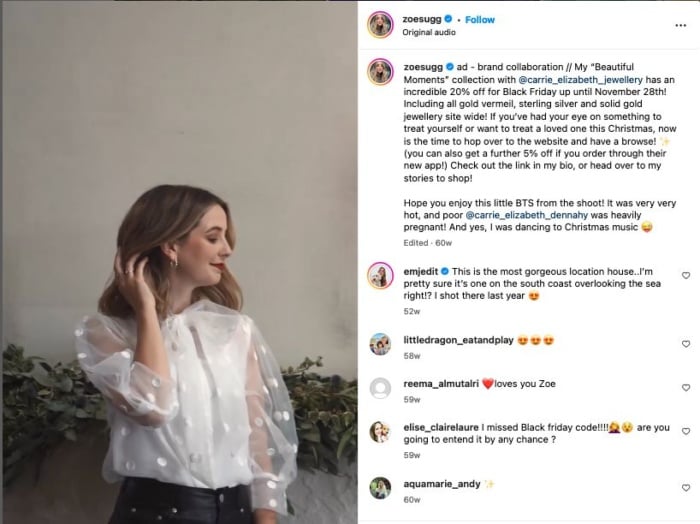
Influencer marketing, then, is a social media marketing strategy where brands leverage the audience of social media influencers to drive awareness and sales.
Influencer marketing has been growing in popularity for years and was one of the leading marketing trends in 2022. Today, the industry is valued at $21.1 billion.
Who Uses Influencer Marketing?
Thousands of well-known brands use influencer marketing. A 2023 survey, for example, found that one-quarter of respondents devoted 10 to 20 percent of their marketing budget to influencer marketing. Almost one-quarter of brands spent more than 40 percent of their budget on influencer marketing.
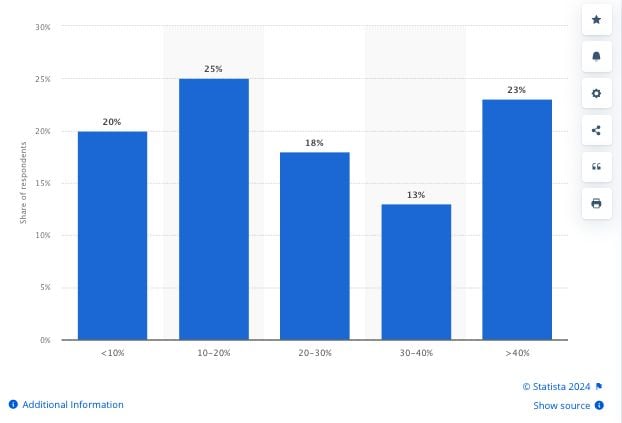
These brands come from every industry, including:
- Fashion
- Cosmetics
- Entertainment
- E-commerce
- B2B
Heck, even the World Health Organization used a virtual influencer to lead a COVID-19 prevention campaign.
Why Is Influencer Marketing Effective?
There must be a reason so many brands are investing hundreds of thousands of dollars into influencer marketing, right? Well, 86 percent of marketers say influencer content matches or outperforms branded content.
But why is that the case?
The unstoppable rise of social media obviously plays a part. There are now almost 5 billion social media users around the world, equating to over 61 percent of the population. Users spend 2 hours and 24 minutes on average per day on social media, too.
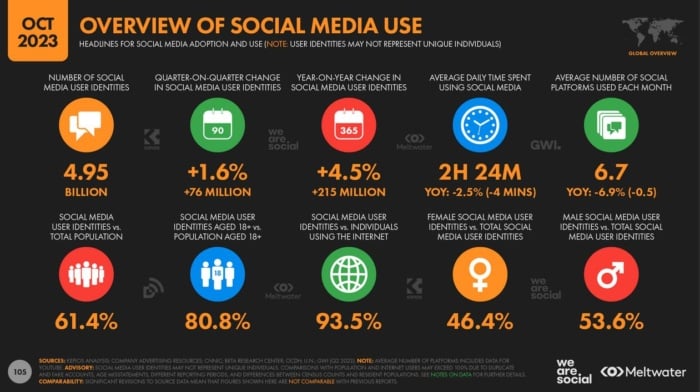
Then there’s the person-to-person connection. It seems that a lot of consumers trust the opinions of influencers over more traditional forms of advertising. In fact, research shows that a whopping 81 percent of consumers said a social media post from an influencer, friend, or family member drove interest in a product.
There’s also a generational element to this, too. While research shows 37 percent of consumers trust influencers over brands, Gen Z and Millennials are twice as likely to trust them than Boomers.
What Are the Different Types of Influencers?
While you can separate influencers based on their follow count, it’s more common to assign them to one of the following categories:
- Celebrities
- Content creators and bloggers
- Experts and thought leaders
- Micro-influencers
Each type of influencer posts different forms of content and can help your marketing efforts in different ways.
Celebrities
Celebrities are some of the biggest and most popular influencers. They tend to be the people with the biggest following and, naturally, the highest rates to collaborate with. Think movie stars, pop stars, sports stars, and TV personalities like Ryan Reynolds or Kim Kardashian.
Whoever they are, they tend to have one thing in common: they’ve earned fame away from social media and are now translating it into massive online followings.
For example, Dunkin’ Donuts tapped celebrities like Ben Affleck and Ice Spice to promote Munchkins®, the brand’s donut hole treat.
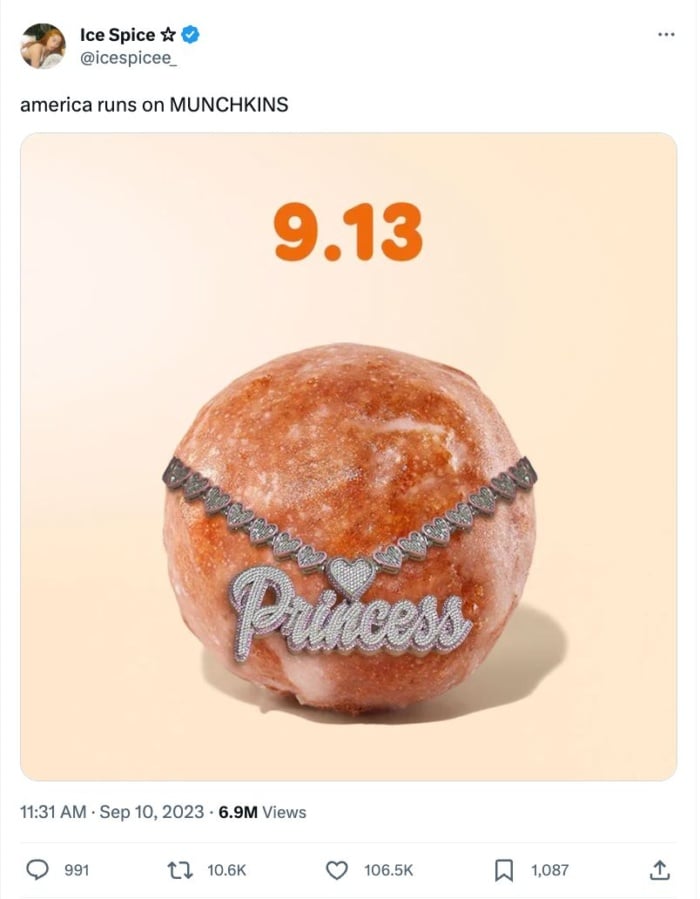
Ice Spice is known for several viral hits, including “Munch,” and has tens of millions of followers across social media, making her the perfect celebrity influencer for the campaign.
Companies will need to have large marketing budgets to work with celebrity influencers and be happy with raising brand awareness over increasing sales. Of course, the latter can happen, but a celebrity’s audiences are so large that members are less likely to be engaged.
Online Content Creators
Online content creators include bloggers, gamers, and YouTubers. These people make their living on the internet and have some of the most authentic and active relationships with their followers.
Audience size can vary massively from tens of millions of people to 10,000 people. Either way, most online content creators have highly engaged, niche audiences, making them perfect for brands who want to reach a particular target market.
NordVPN turned VPNs from a niche product to a must-have tool for anyone who goes online—and they did it all by partnering with creators on YouTube.
This includes people like Mr. Beast as well as channels like Cybernews. Data shows that YouTube videos sponsored by NordVPN have over 4 billion views in total.
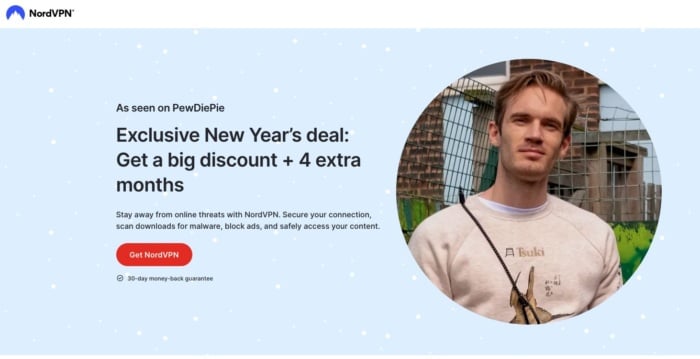
NordVPN doesn’t just sponsor videos, though. It also runs affiliate programs for influencers, giving them a chance to share in the profits. High-profile supporters get a dedicated landing page and a special offer like the one you can see for PewDiePie above.
Experts and Thought Leaders
You don’t have to be a pop culture figure to be considered an influencer. There is an entire genre of industry experts and thought leaders like journalists, authors, and business leaders who have reasonably large and highly engaged followings.
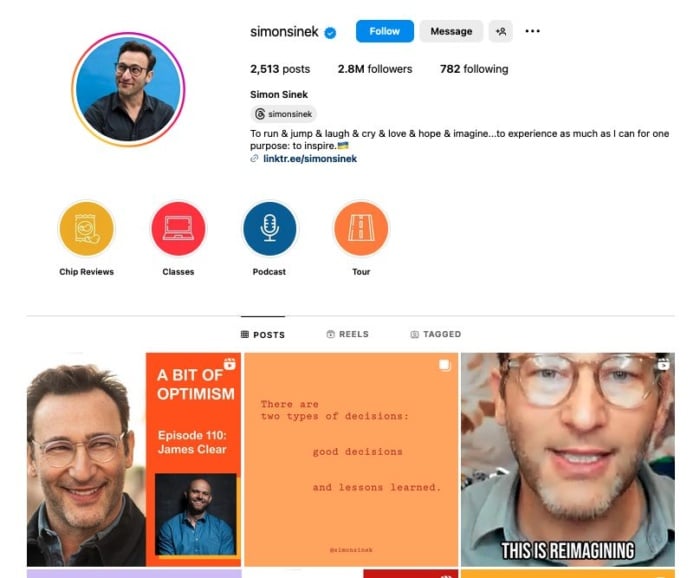
These influencers have garnered a lot of respect and trust. Not just because of their position in the industry or their unique takes but because these people are less likely to be found flogging a new product in every social post.
It also makes them a powerful choice for brands who can build genuine relationships with these influencers and sell products or services that their audiences will be genuinely interested in. I’m talking B2B companies and B2C brands that sell things like productivity tools and self-improvement courses.
Micro-influencers
Micro-influencers have audiences that range from 1,000 to 50,000 followers. These people are typically niche experts who are building up their social media business while working another job. They definitely aren’t celebrities; you’d walk past them in the street without knowing who they are.
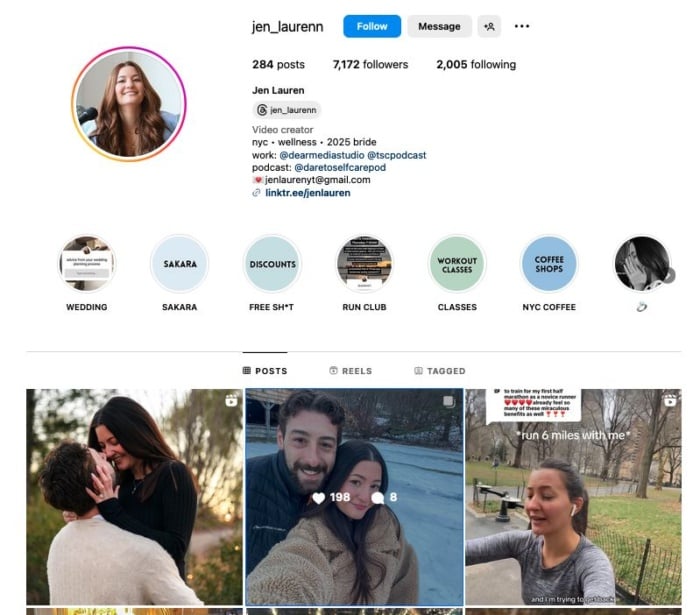
Their audiences may be small, but they are incredibly engaged and may be ideal for small businesses testing influencer marketing. NYC-based self-care and exercise Instagrammer Jen Lauren is an excellent example of a micro-influencer. She has a small but highly engaged community and creates niche content for female fitness fans, making her a great partner for small gyms, online exercise programs, and health and wellness brands.
How Much Do Influencers Cost?
The short answer is: it depends. The cost of influencers can vary dramatically depending on several factors, including:
- Audience size
- Platform
- Engagement levels
- Niche
As you can see from the chart below, almost half of brands spend less than $10,000 per quarter on influencer marketing:
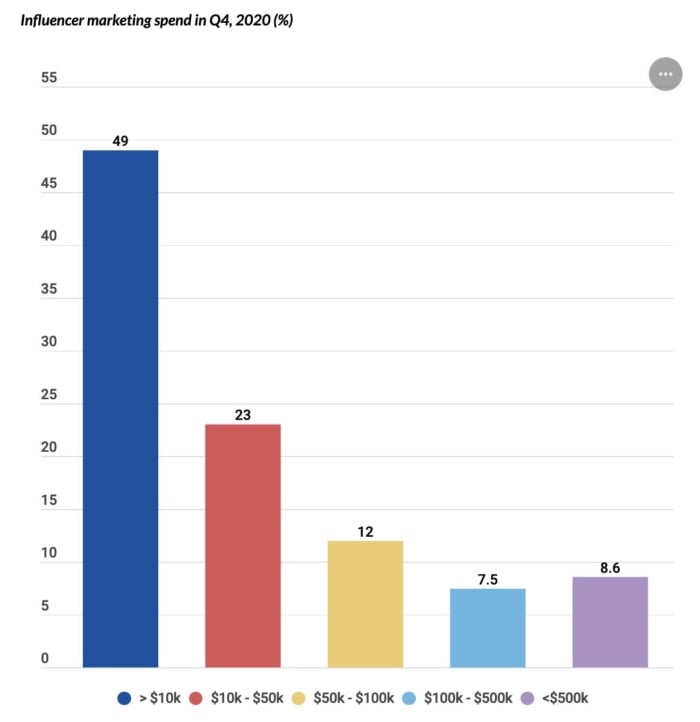
But what does each post actually cost?
Well, according to Later’s Creator Rates Report, influencers tend to charge the following baseline fees for Instagram depending on their audience size:
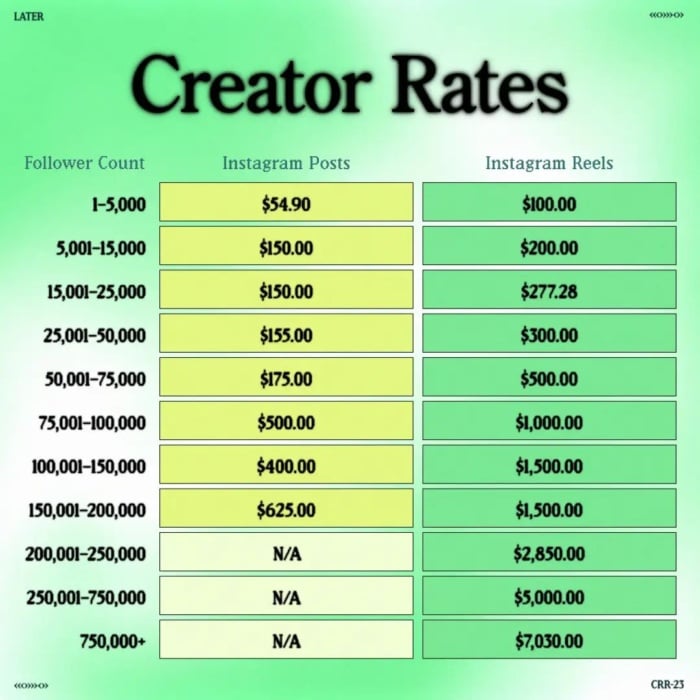
There are several ways you can pay influencers. Most will charge a flat fee for a post. Some may request an affiliate commission, where they receive a percentage of every sale they make.
While you can send free products to nano-influencers, don’t expect much traction. Influencers with larger audiences don’t work for exposure, and campaigns can quickly reach five, six, and seven figures.
Whatever you pay for influencer marketing, ensure it makes financial sense and gives a chance of making a solid ROI.
Why Is Influencer Marketing Important?
Influencer marketing lets brands leverage the credibility and trust influencers have built with their audiences. Your brand becomes more enticing and trustworthy just by association.
It makes sense if you think about it. In a more personal context, you don’t usually trust a person at a cocktail party who comes up to you and brags about themselves, spouting fun facts about their personality to convince you to be a friend. Instead, you often believe your mutual friend who vouches for that person.
An influencer is the mutual friend connecting your brand with your target consumers.
A social media influencer also significantly expands your brand’s reach. When you align your brand with an influencer, they bring their audience’s network along with them. Because of the loyalty of their audience, an influencer can:
- Drive traffic to your site
- Increase your social media exposure
- Build brand awareness
- Help you understand your audience
- Target your ideal customers
- Sell your product
If that weren’t enough, influencers can also help you demonstrate your product and how it works. This helps consumers to understand your product before they buy.
How to Get Started With Influencer Marketing
Have I convinced you of the value of working with influencers? Here’s what the process should look like:
- Set goals. Whether that’s improving brand awareness or increasing sales, it only makes sense to team up with an influencer if you know you have a clear goal and strategy in mind
- Know your audience’s interests. Think about the kind of content your audience is interested in. If I wanted to work with influencers to promote my keyword research tool Ubersuggest, I would enlist the help of bloggers who write about SEO and digital marketing.
- Find relevant influencers. Use the strategies I outline below to find influencers your target audience follow.
- Make your pitch. Reach out to influencers via direct messages, comments, or their agencies.
- Negotiate a contract. Have a solid endorsement contract that outlines exactly what the influencer will do and that they will disclose your promotion as an ad (as per FTC regulations).
- Measure your results. Use an affiliate link for each influencer to track their impact on traffic or sales.
How to Find Your Ideal Influencer
With your goals and target audience established, you can start to find influencers who are a great fit for your brand. There are three factors I recommend considering when choosing influencers.
- Context: Is your social media influencer a contextual fit? Do they have an audience interested in your product or service?
- Reach: Do they have a big enough following? This will depend on your goal and product.
- Actionability: This is the influencer’s ability to cause their audience to take action. This characteristic comes naturally when you target individuals who are in contextual alignment with your brand and have a big enough reach.
Here are my favorite ways of finding them:
Social Media Monitoring
Brand advocates are the loudest influencers your brand can have. Not only does their audience follow them because what they write aligns with your brand, but they also talk loudly and actively about how much they like your company.
How do you find your brand advocates? Tune in to your social media mentions and blog posts about your brand, and you might find social media influencers and advocates you didn’t realize you had.
Here’s an example of potential influencers posting about Ubersuggest on X.
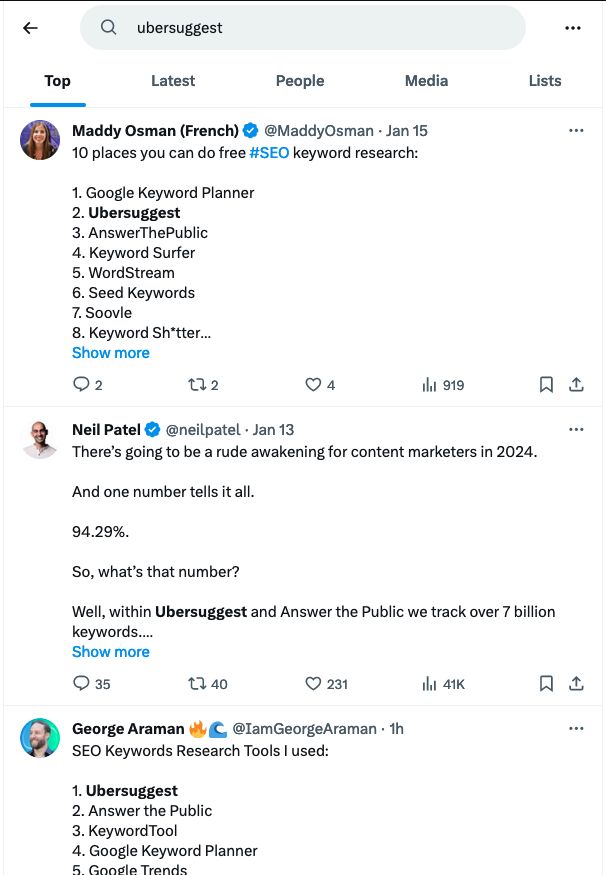
Research Hashtags
Identify the hashtags that your target market are using. Tuning in to the conversations surrounding these hashtags won’t just show potential influencers, you can also use it to identify blog topics, too.
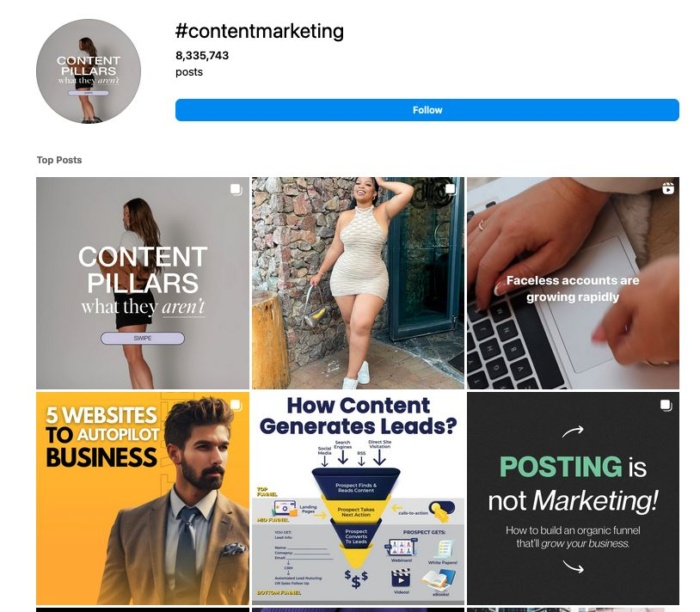
Once you start finding influencers that seem like a good fit for your brand, I recommend following them and adding them to a spreadsheet while keeping a note of:
- Follower count
- Engagement rate (you can calculate this by adding up the total number of comments and likes they get on a post by their total audience size)
- Niche
- Post frequency
- Rate
Google Alerts
Set Google Alerts for keywords related to your business to find people who actively write about relevant topics. You also should create alerts for your brand name to find articles that mention you.
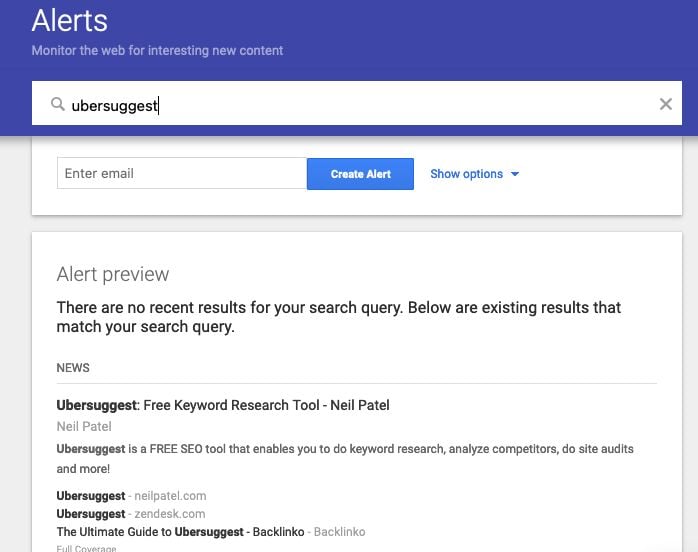
Finally, create Google Alerts for competitor products and services to see the kind of coverage they are getting.
Mention
Mention is a premium tool that lets you type in your company’s name to discover mentions on different outlets, such as YouTube, Twitter, and Facebook.
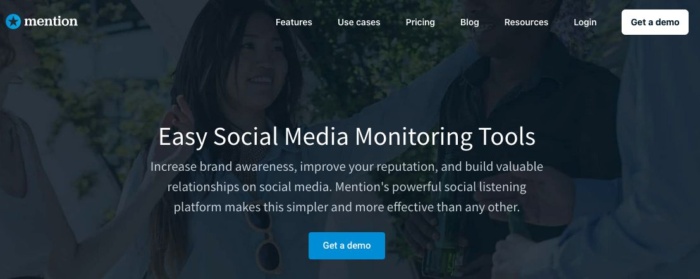
However, Mention isn’t just for monitoring your own brand name or products; it’s also handy for identifying potential influencers in your industry.
With Mention, you can easily find popular bloggers, vloggers, or even celebrities who have mentioned keywords related to your business, allowing you to reach out and potentially collaborate with them.
FAQs
Yes! In fact, many influencers make a full-time living out of their social media presence. Brands pay them to promote their products or services to their followers.
Influencers come in many shapes and forms, from social media stars to bloggers and YouTubers. One example of a top influencer is Kylie Jenner, whose social media following totals hundreds of millions of followers.
Influencers have a loyal following of people who trust their opinions and recommendations. By partnering with an influencer, brands can tap into this trust and reach a wider audience than ever before. Plus, influencers often create visually appealing and engaging content that can help capture viewers’ attention.
As long as there is social media, there’ll be social influencers. So, it makes sense for brands to collaborate with influencers in their niche to help promote products and reach new audiences.
Research shows that if brands were to reallocate spending based on the study’s results, they could achieve an engagement rate of up to 16.6 percent.
However, levels of success vary depending on the influencer’s originality, follower size, and brand prominence.
Conclusion
While the Internet may have changed, there’s nothing new about businesses wanting to get products into the hands of influential people. Influencer marketing gives brands a more efficient (and arguably effective) way of doing it.
Whether you can afford to work with a celebrity who can put your brand in front of millions of people or want to focus on conversions by working with a team of micro-influencers and their highly engaged followings, influencer marketing offers something to everyone.
If you’re serious about doing this at scale, check out our guide on using ChatGPT to automate parts of the influencer marketing process.
Do you use influencer marketing? How well does it work for you?

See How My Agency Can Drive More Traffic to Your Website
- SEO - unlock more SEO traffic. See real results.
- Content Marketing - our team creates epic content that will get shared, get links, and attract traffic.
- Paid Media - effective paid strategies with clear ROI.
Are You Using Google Ads?Try Our FREE Ads Grader!
Stop wasting money and unlock the hidden potential of your advertising.
- Discover the power of intentional advertising.
- Reach your ideal target audience.
- Maximize ad spend efficiency.

